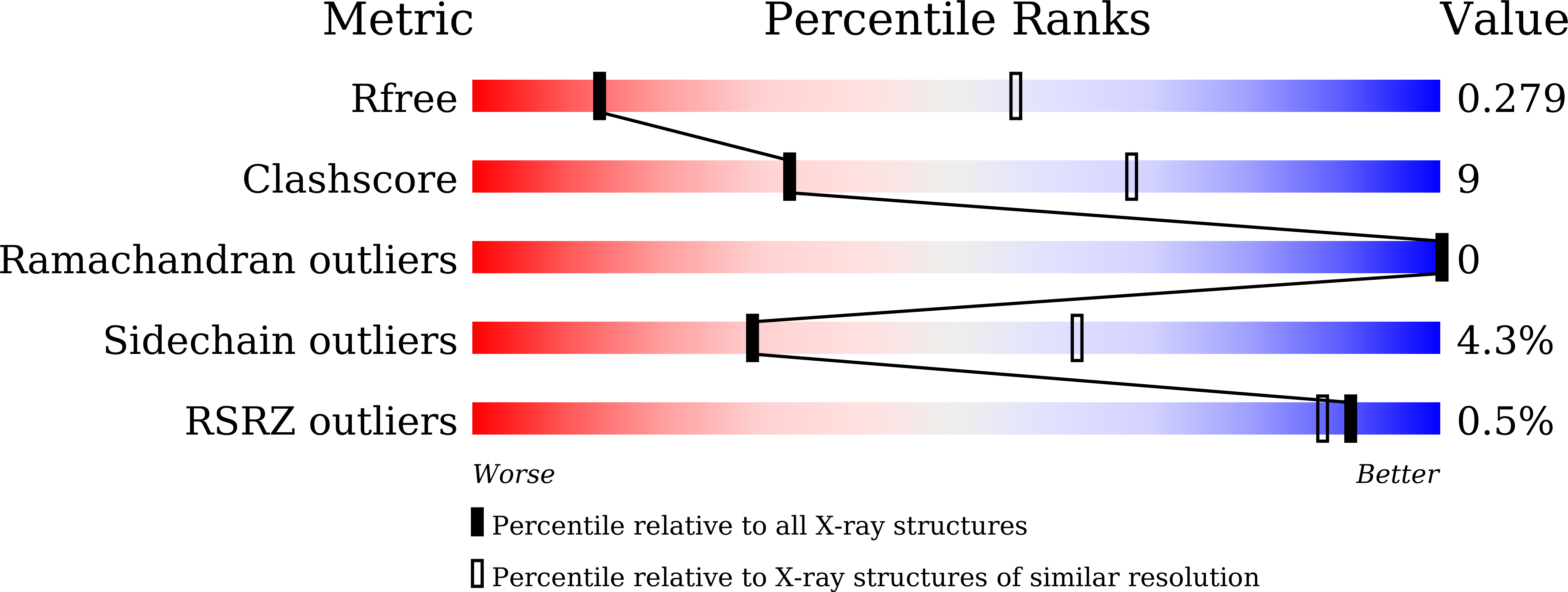
Deposition Date
2020-07-28
Release Date
2021-02-03
Last Version Date
2024-10-16
Method Details:
Experimental Method:
Resolution:
3.50 Å
R-Value Free:
0.28
R-Value Work:
0.23
R-Value Observed:
0.23
Space Group:
P 21 21 2


